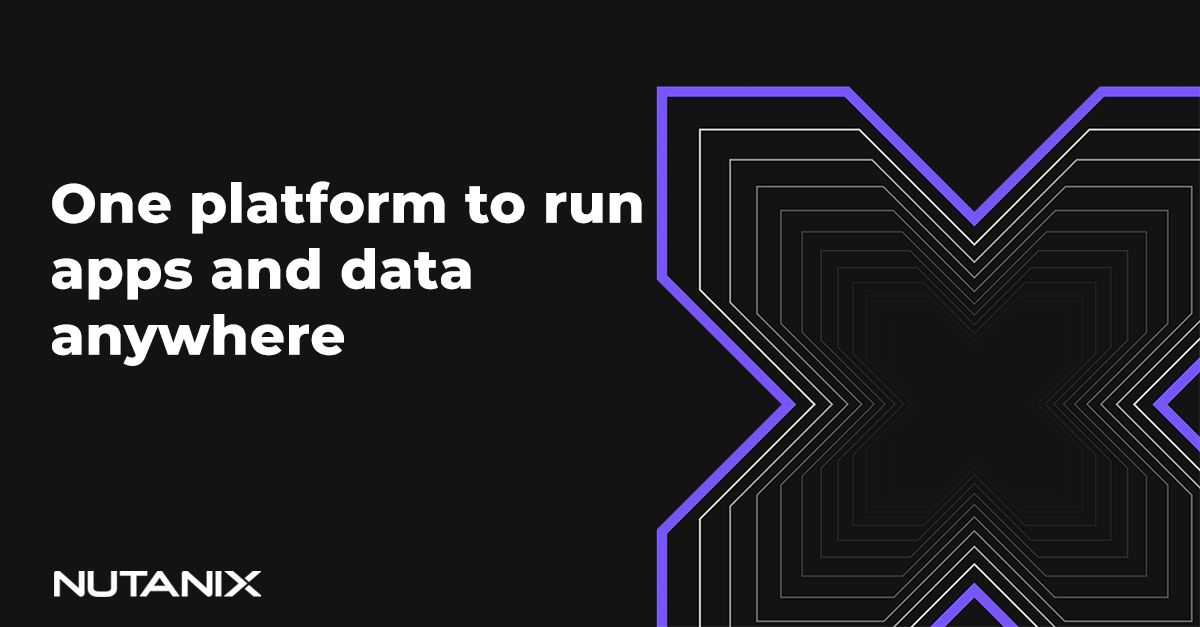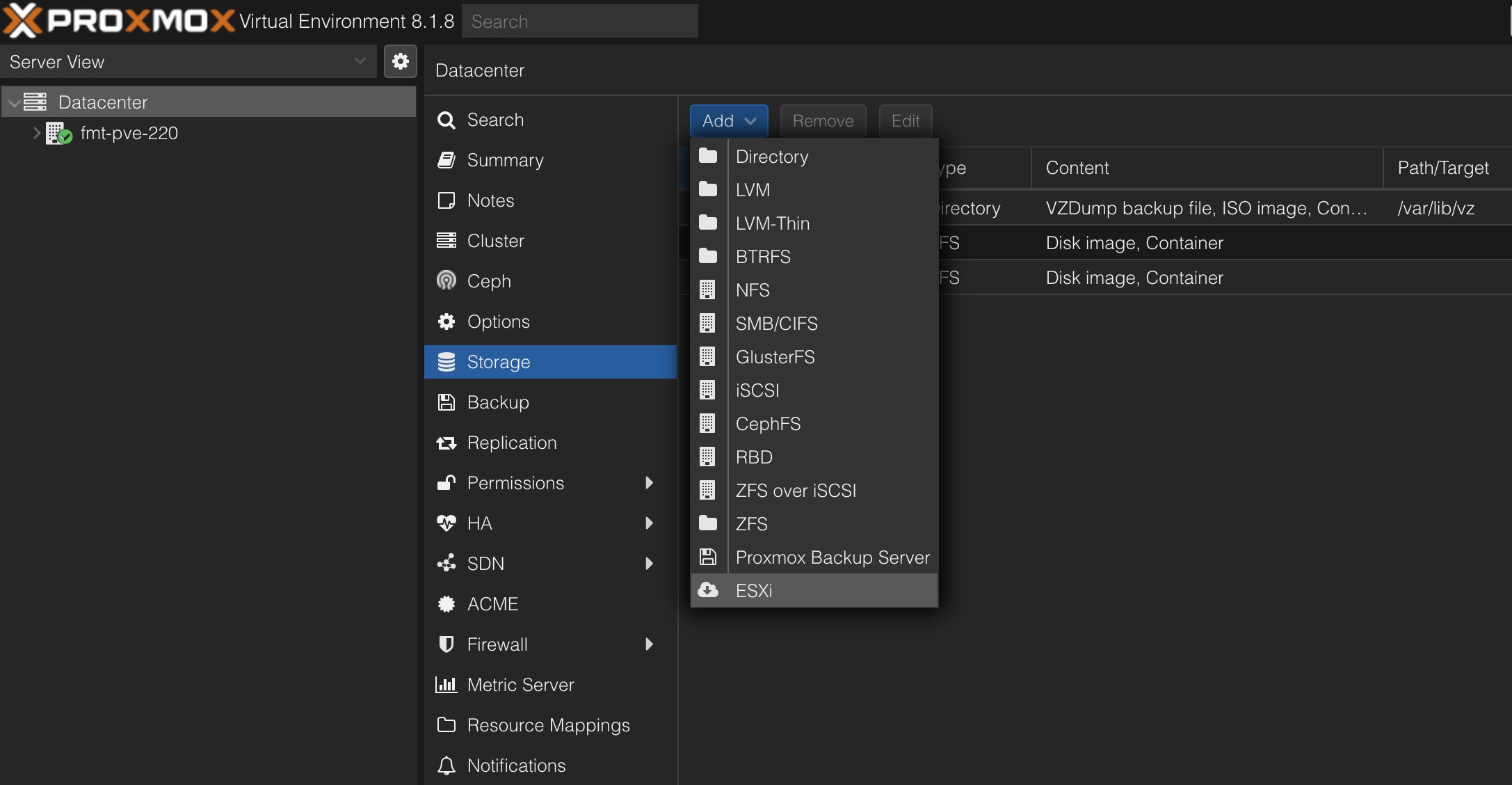Tenfold increase? That's insane. Assume you went all in on cores/CPU if you had a RAM based agreement? How many CPU/cores does that cover?
To be fair we had a really, really good ELA deal prior to this, as in we changed AMs and the new one was shocked at how good a deal we had, so I think we've been hit on multiple fronts. We did have RAM based yeah, and we had a really mixed workload with lots of SKUs that bringing them inline to what they offer now has been very unfortunate for us. We're only at about 20k Cores, so not massive. I've said for over two years we didn't need more and more HVs, but needed to do a large right sizing exercise, but because we're fully self-service to the devs that didn't get buy in, and so many devs don't understand how CPUs/Memory works, so it's hopefully a good methodology to get to do this exercise. It's funny though as 12 months ago we decided that VMware was going to be the main choice going forward as we had concerns around our OpenStack env.




